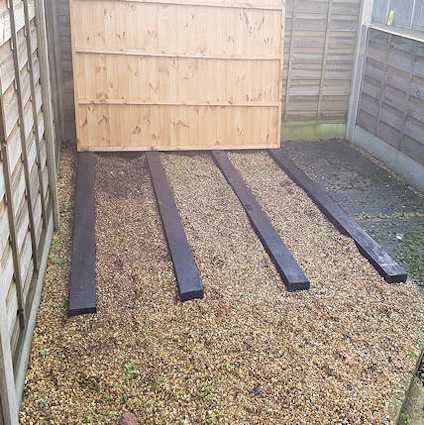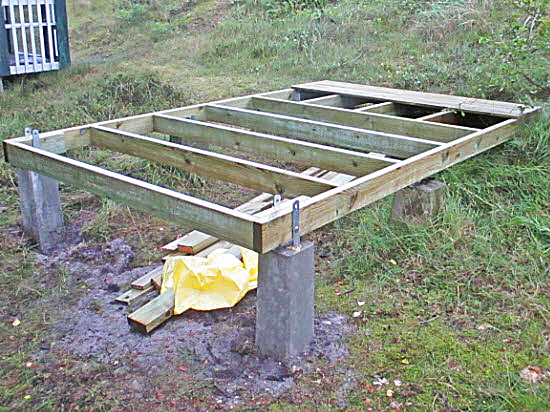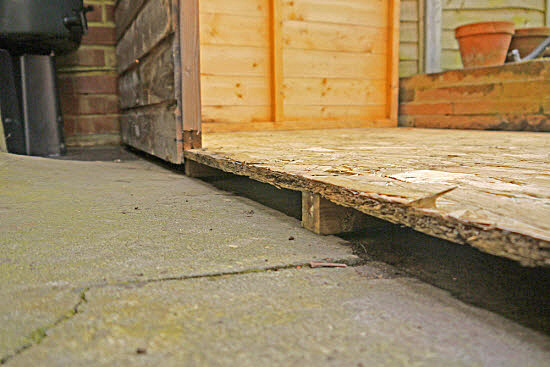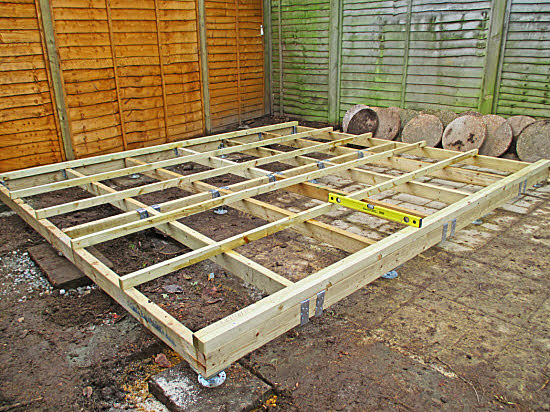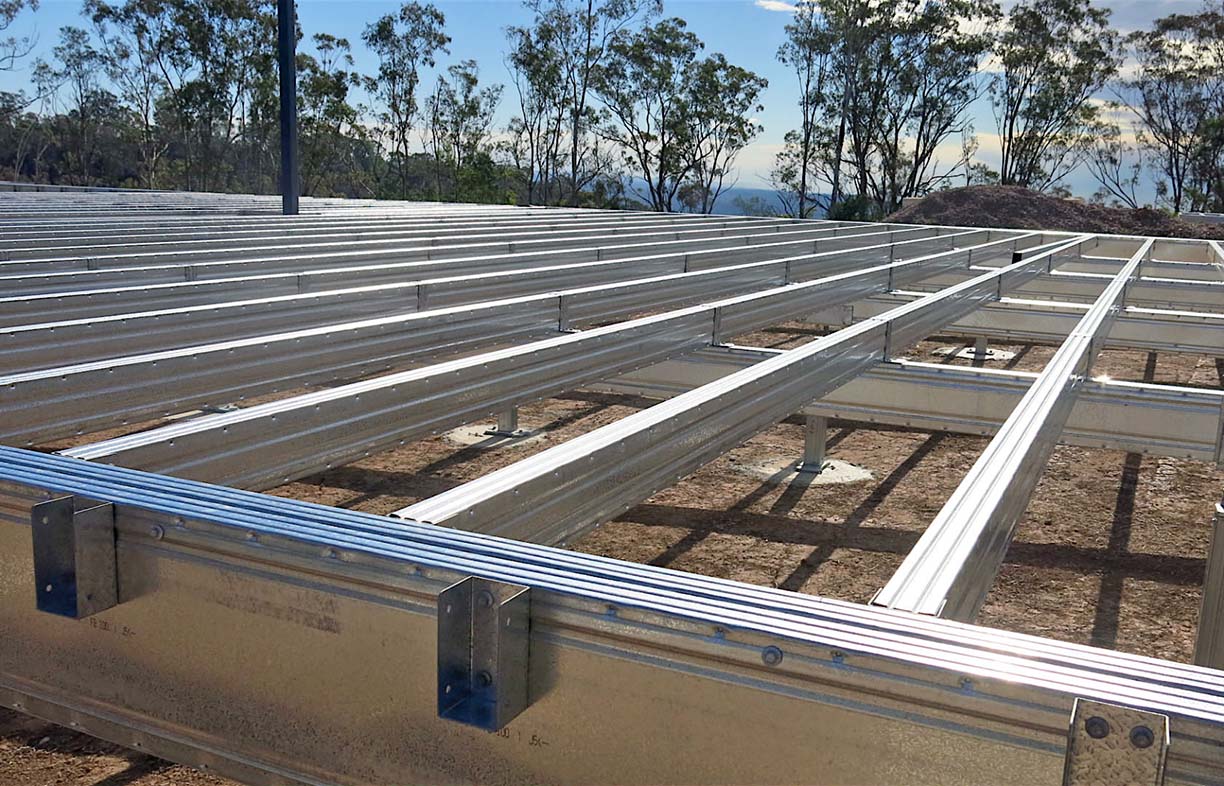What are Concrete Floor Bearers?
Concrete floor bearers are structural elements that are used to support and distribute the load of a concrete floor. They are typically made of reinforced concrete and are designed to provide a solid and stable foundation for the floor.
Concrete floor bearers are commonly used in buildings and structures where a level and durable flooring surface is required. They are particularly important in areas where heavy loads or constant foot traffic will be present, such as warehouses, factories, and commercial buildings.
The main function of concrete floor bearers is to transfer the weight of the floor and any loads placed on it to the underlying soil or foundation. This helps to prevent the floor from sinking or settling over time, ensuring its long-term stability and integrity.
In addition to providing support, concrete floor bearers also help to distribute the weight of the floor evenly across the underlying soil. This helps to prevent excessive stress and pressure on any individual area, reducing the risk of cracking or structural failure.
Concrete floor bearers are typically laid out in a grid pattern, with evenly spaced beams running in both directions. This grid pattern helps to evenly distribute the load of the floor and provides added strength and stability.
Concrete floor bearers play a crucial role in the construction of solid and durable concrete floors. They provide the necessary support and stability, ensuring that the floor can withstand the weight and demands placed upon it.
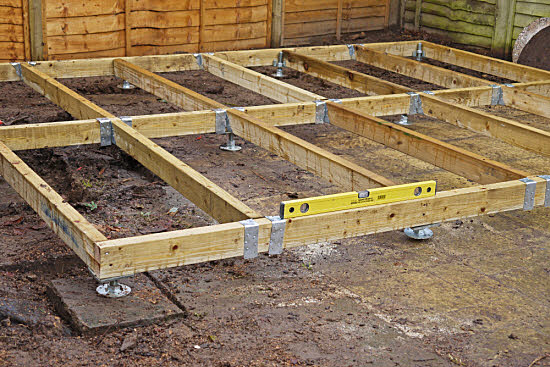
Benefits of Using Concrete Floor Bearers
Durability: Concrete floor bearers are known for their exceptional durability. They can withstand heavy loads and resist wear and tear over time. This makes them the ideal choice for areas with high foot traffic or where heavy machinery is used.
Stability: Concrete floor bearers provide a stable and level surface for flooring installation. They ensure that the floor remains even and prevents any sagging or unevenness. This stability is crucial for the longevity of the flooring material and enhances the overall structural integrity of the building.
Moisture resistance: Concrete floor bearers have excellent moisture resistance properties. They prevent moisture from seeping through the floor and causing damage to the underlying structure. This is especially beneficial in areas prone to high humidity or where moisture is a common issue, such as basements or garages.
Pest resistance: Unlike other materials, concrete floor bearers are highly resistant to pests such as termites, ants, or rodents. This eliminates the risk of infestation and helps maintain a clean and hygienic environment. Additionally, their solid structure prevents any gaps or crevices where pests can hide or breed.
Sustainability: Concrete is an eco-friendly material that can be recycled and reused. By using concrete floor bearers, you contribute to reducing waste and minimizing environmental impact. Furthermore, concrete has excellent thermal properties, which can help regulate indoor temperatures and reduce energy consumption for heating or cooling purposes.
Easy maintenance: Concrete floor bearers require minimal maintenance compared to other flooring options. They can be easily cleaned with water and mild detergents, making them a convenient choice for busy areas or commercial settings. Additionally, their smooth surface prevents the accumulation of dust, allergens, or stains, ensuring a clean and hygienic space.
Cost-effectiveness: Concrete floor bearers offer long-term cost savings due to their durability and low maintenance requirements. They have a longer lifespan compared to other materials, reducing the need for frequent repairs or replacements. This makes them a cost-effective choice for both residential and commercial applications.
Versatility: Concrete floor bearers can be customized to meet specific design requirements. They can be poured in various shapes, sizes, and finishes, allowing for creative and unique flooring designs. This versatility makes them suitable for a wide range of applications, from industrial warehouses to modern homes or retail spaces.
How to Install Concrete Floor Bearers
Concrete floor bearers are an essential component of any building structure. They provide support and stability to the floor and act as a foundation for the entire construction. Installing concrete floor bearers requires careful planning and precise execution to ensure the strength and durability of the flooring system. Here are the steps to follow when installing concrete floor bearers:
Prepare the Site: Start by preparing the site where the concrete floor bearers will be installed. Clear the area of any debris, vegetation, or obstructions. Ensure that the ground is level and compacted to provide a stable base for the bearers.
Mark the Placement: Use a measuring tape and marking chalk to mark the placement of the concrete floor bearers. The spacing between the bearers will depend on the load-bearing requirements of the structure. Generally, bearers are spaced at regular intervals, such as every 16 inches or 24 inches.
Excavate the Trenches: Dig trenches along the marked lines to accommodate the concrete floor bearers. The depth of the trenches should be sufficient to accommodate the bearers and provide a stable foundation. Use a shovel or an excavator to remove the soil and create the trenches.
Install Formwork: Once the trenches are prepared, install formwork along the sides of the trenches. The formwork will help to contain the concrete and give it the desired shape and dimensions. Use wooden boards or metal stakes to create the formwork, ensuring that it is level and securely fixed.
Reinforcement: Depending on the load-bearing requirements, reinforcing bars or mesh may be installed within the trenches to strengthen the concrete floor bearers. The reinforcement helps to distribute the load evenly and prevent cracking or sagging over time.
Pour the Concrete: With the formwork and reinforcement in place, it is time to pour the concrete into the trenches. Use a concrete mixer or a wheelbarrow to mix the concrete, following the manufacturer’s instructions. Pour the concrete into the trenches, making sure it fills the entire space and is level with the top of the formwork.
Finishing and Curing: After pouring the concrete, use a trowel to smooth and level the surface. Remove any excess concrete and ensure that the bearers have a uniform appearance. Allow the concrete to cure and harden according to the manufacturer’s recommendations, typically for several days.
Maintenance and Care Tips for Concrete Floor Bearers
Regular Cleaning:
To maintain the integrity and longevity of concrete floor bearers, regular cleaning is essential. Sweep or vacuum the surface regularly to remove dust, dirt, and debris. Use a soft-bristle broom or a vacuum cleaner with a brush attachment to prevent scratching or damaging the concrete surface.
Avoid Harsh Chemicals:
When cleaning concrete floor bearers, it is important to avoid using harsh chemicals that can deteriorate the material. Acidic or abrasive cleaners should be avoided as they can cause damage or discoloration. Instead, use mild soap or specialized concrete cleaners that are specifically formulated for cleaning concrete surfaces.
Prevent Water Damage:
Concrete floor bearers are susceptible to water damage, which can weaken the structure over time. To prevent water damage, ensure that the bearers are properly sealed. Apply a concrete sealer periodically to create a protective barrier against moisture. Additionally, avoid excessive water exposure and promptly clean up any spills to minimize the risk of water penetration.
Regular Inspection:
Regularly inspect the concrete floor bearers for any signs of damage or wear. Check for cracks, chips, or uneven surfaces that may indicate structural issues. It is important to address any concerns promptly to prevent further damage or potential safety hazards. Consult a professional if you notice any significant damage or if you are unsure about the severity of the issue.
Preventive Measures:
To minimize wear and tear on concrete floor bearers, take preventive measures to protect the surface. Place furniture pads or felt protectors under heavy objects to prevent scratching or indentation. Avoid dragging heavy items across the surface, and use caution when moving furniture or other objects to prevent accidental damage.
Temperature and Humidity Control:
Extreme temperature fluctuations and high humidity levels can impact the integrity of concrete floor bearers. Ensure that the area where the bearers are installed is properly ventilated and maintain a consistent temperature and humidity level. Avoid exposing the bearers to excessive heat or cold and consider using fans or dehumidifiers if necessary.
Professional Maintenance:
For extensive or specialized maintenance needs, it is advisable to seek professional assistance. Professional concrete contractors have the expertise and equipment to handle repairs, sealing, or any other maintenance requirements. Regular professional maintenance can help prolong the lifespan of the concrete floor bearers and ensure their optimal performance.
Bearers and Joists Practical Activity
How To Make A Shed Floor Strong And Durable
EcoBearer Shed Base Kit for a 6ft x 4ft with 4 bearers
How To Make A Shed Floor Strong And Durable
How To Make A Shed Floor Strong And Durable
Slab vs Bearers and Joists u2013 for a granny flat?
Strength, stability and performance: The right floor for your
How to Build a Shed on an Existing Concrete Slab
Related Posts:
- How To Stain Concrete Floors Outdoors
- DIY Stained Concrete Floors In Homes
- Concrete Floors Look Like Marble
- Concrete Floor Slab Mix Ratio
- Dark Brown Concrete Floor Paint
- Pretty Concrete Floors
- Stained Concrete Floors For Homes
- Decorative Concrete Floor Ideas
- Pouring A Concrete Floor In A Garage
- How To Get Smooth Concrete Floor

